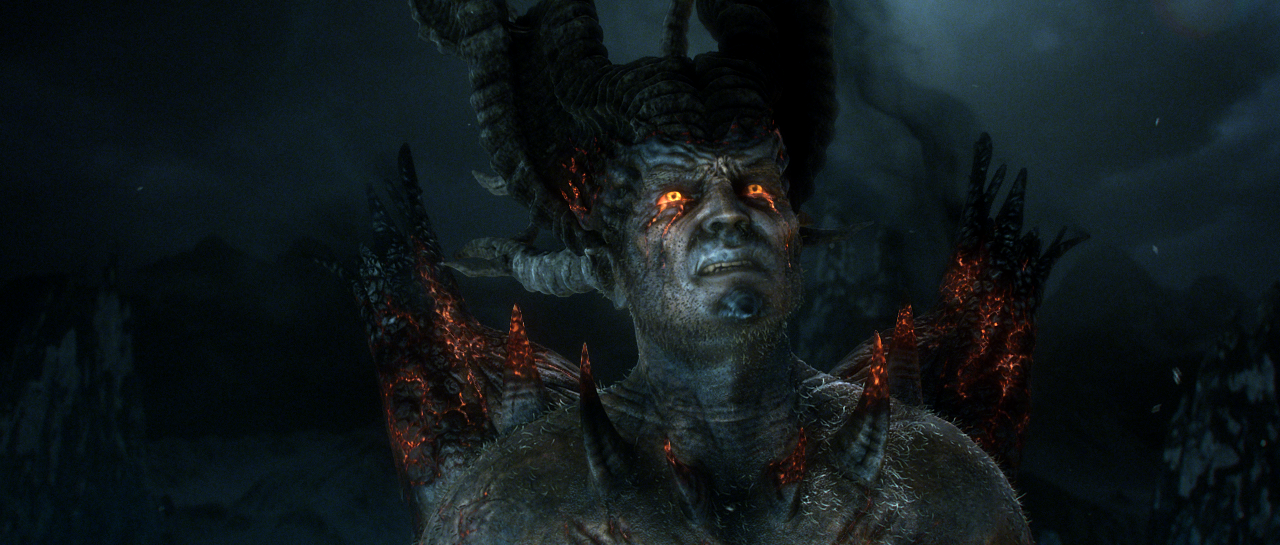
Every time a new technology comes along, people get scared. If that technology promises any sort of “labor savings” the fright takes a slightly different course: people fear losing their jobs to a machine. Add to that the notion that the machine is replacing an artistic job and you’ll get an even more visceral response from the Haters.
Computer Animation
When Computer Animation first came on the scene in the 1980’s and developed to a more usable technology in the 1990’s, the Haters came out in force. Their line of attack was that Computer Animation was cheating because all it required was setting a couple Key Poses and the computer would inbetween the shot for you.
Those of us who animate primarily in the computer know this is a bunch of nonsense. Sure, you could let the software inbetween your shot for you, but the results would be unwatchable, floaty garbage. If you’re really lucky, you might be able to get away with animating on two’s and getting the rest of the inbetweens for free. I don’t know that I’ve ever been that lucky with a whole shot.
So the Haters were just operating from a place of fear and ignorance.
Hypocrisy and Heresy
So the years passed and Computer Animation became accepted by most of the animation community as a legit medium. Meanwhile, Motion Capture technology advanced to the point it became useful for Video Games and then, as the fidelity increased, for Movies as well.
Since the Computer Animation people were now part of the establishment, they took over the role of the Haters and attacked the Motion Capture process as cheating because…wait for it… Mocap is doing the work for you. Sounds familiar.
I would make the argument that a Motion Capture Animation pipeline is more akin to Traditional (Hand Drawn) Animation than modern Computer Animation. Heresy?
In a big traditional animation studio like Disney, the Key Animators only drew the Key Poses and made timing charts for the rest of the shot. Then they handed off the scene to an Assistant who did the Breakdowns. The Assistant handed all that off to Inbetweeners who finished the animation (often on two’s by the way). 1
In a perfect world, when you’re handed a Mocap shot, the majority of what you have to do is adjust the timing and push some key poses. In that way, I think it’s like a Traditional Animation workflow except that you’re getting the inbetweens at the beginning. In contrast, I think the typical Computer Animation process is more akin to Stop Motion Animation. One Animator is responsible for the entire shot from start to finish.
Brink (2011)
Mocap is not the Savior
The promise of Mocap was a cheaper, faster animation process. Mocap has its advantages but cheaper and faster aren’t two of them. The Animation Department might be able to work at a higher quota (I was doing 20-25 feet/week of Realistic mocap animation pretty comfortably at Blur. Feature Animation Studios like Disney, Dreamworks and Blue Sky are typically around 5-7 feet/week. 2) but you also have to factor in the time and expense of choreographing the performances, capturing and cleaning the data (stages and cameras aren’t cheap), and retargeting it to your characters.
There is added expense on the back-end as well. Mocap is used almost exclusively for Realistic animation. If the process works correctly you can get that. But Realistic animation demands Realistic lighting, texturing, cloth, hair, effects, and so on. Your audience looks at the real world every day and THAT is your benchmark. It wasn’t until Avatar that we really achieved a fully virtual environment populated with Realistic characters and they spent over $500 Million chasing that goal!
Mocap is not the Devil
Earlier when I said Mocap Animation involves pushing some Key Poses and adjusting the timing, I said that was in a perfect world. The reality is there’s a lot more that goes into it. This includes but is not limited to: animating arcs to camera, creating all the overlapping action (the way the mocap data often interprets things is a little stiff), pushing squash and stretch, creating proper contact poses (feet can often be bad but hands are usually terrible!), pushing the character’s weight, keyframing impossible moves that couldn’t be mocapped, keyframing actions the Director wanted but only knew he wanted them after the mocap shoot, and so on. You get the idea. It’s all that animation stuff.
I agree there have been some pretty awful Mocap shows over the years. In fact, I would agree most of them were pretty awful. But just as there are floaty, awful, creepy performances coming from Mocap there are floaty, awful, creepy performances coming from keyframe projects. Look at most television or direct to DVD animation.
Animation Purists, I submit to you that you don’t hate Mocap. You hate bad animation!
Notes:
- Animating “on two’s” refers to producing one drawing for every two frames of film. This practice took hold as a cost saving measure for slower action that didn’t require a lot of detail. ↩
- Feet per week is an old school method of measuring animation output. It’s like saying I did so many seconds of animation in a week but it’s based around the physical length of film produced. At 24 frames per second, 1 foot equals 2/3 of a second. ↩